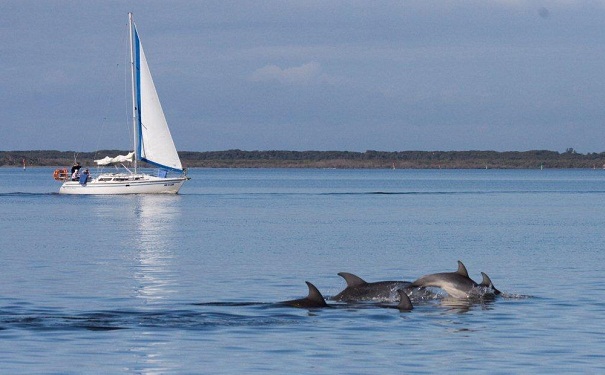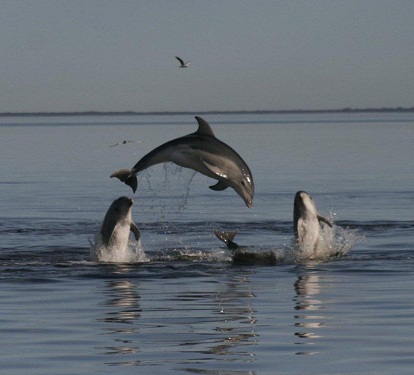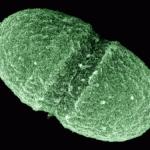
Members of the Gippsland Lakes population. Image: Adrian Howard
The coastal dolphins of Southern Australia have been formally recognised as a new species of bottlenose dolphin.
The new species has been formally named Tursiops australis and has been given the common name Burrunan dolphin, an Australian aboriginal name meaning “˜large sea fish of the porpoise kind’ in the Boonwurrung, Woiwurrung and Taungurung languages. It currently consists of two known resident populations in Port Phillip Bay and the Gippsland Lakes in Victoria, according to researchers from 
Burrunan dolphins. Image: Kate Charlton-Robb








